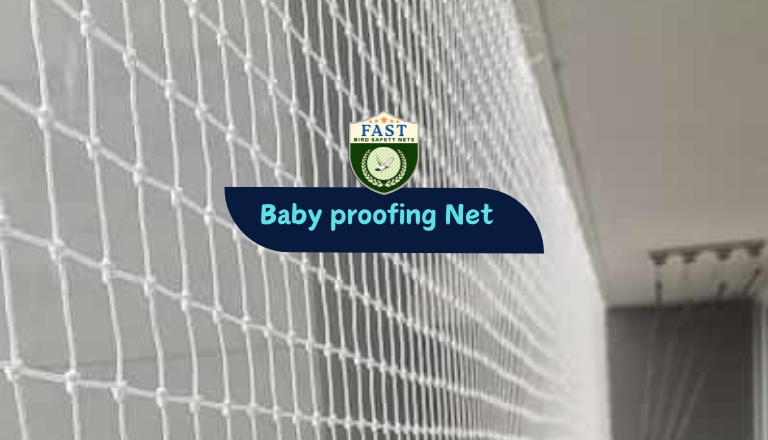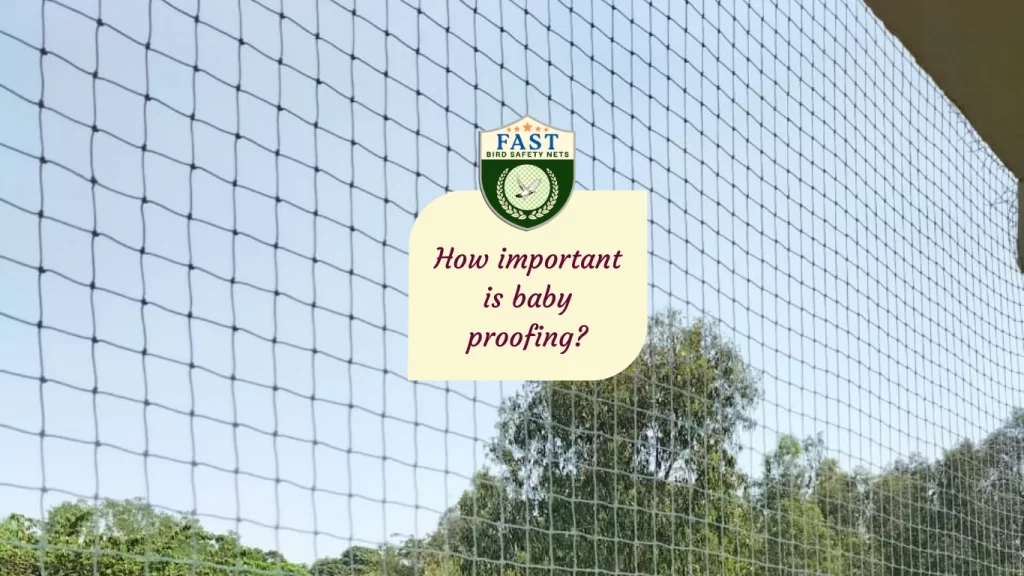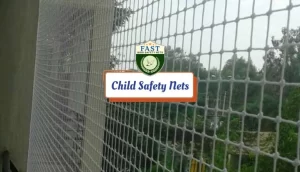Baby proofing, also known as childproofing, is the process of making your home safe and secure for infants and toddlers by eliminating potential hazards and dangers. While it may seem like a daunting task, baby proofing is essential for creating a safe environment where your little one can explore and grow without the risk of injury. In this article, we’ll delve into the importance of baby proofing and provide tips for creating a child-friendly space in your home.
Understanding the Risks
Young children have a natural curiosity and desire to discover more about their surroundings. However, their curiosity can lead them into potentially dangerous situations if proper precautions are not taken. Common household hazards that pose a risk to young children include:
Sharp Objects: Such as knives, scissors, or furniture with sharp edges.
Choking Hazards: Small objects, toys, or food items that can be swallowed or lodged in the throat.
Electrical Outlets: Exposed electrical outlets pose a risk of electric shock when tampered with by little hands.
Stairs and Falls: Unsecured staircases or elevated surfaces can lead to falls and injuries.

The Importance of Baby Proofing
Preventing Accidents: Baby proofing helps prevent accidents and injuries by eliminating potential hazards and dangers in your home. By securing cabinets, covering electrical outlets, and installing safety gates, you can create a safe environment where your child can play and explore without the risk of harm.
Promoting Independence: A baby-proofed home allows your child to explore and move around independently, fostering their sense of independence and confidence. With a safe environment to explore, children can develop essential motor skills and cognitive abilities without constant supervision.
Peace of Mind: Baby proofing provides parents with peace of mind, knowing that their child is safe and secure in their home. By taking proactive measures to eliminate hazards, parents can relax and enjoy quality time with their little ones without worrying about potential accidents or injuries.
Tips for Baby Proofing Your Home
Identify Potential Hazards: Conduct a thorough assessment of your home to identify potential hazards and dangers that need to be addressed.
Secure Furniture and Appliances: Anchor heavy furniture and appliances to the wall to prevent them from tipping over onto your child.
Install Safety Nets: Install safety Nets alongside the staircases to prevent falls and accidents.
Cover Electrical Outlets: Use outlet covers or safety caps to cover exposed electrical outlets and prevent electrical shocks.
Lock Cabinets and Drawers: Install childproof locks or latches on cabinets and drawers to prevent access to hazardous items such as cleaning products or sharp objects.
Conclusion
Baby proofing is essential for creating a safe and secure environment for your little one to explore and grow. By identifying potential hazards and taking proactive measures to eliminate them, you can ensure that your child is safe from harm while enjoying their home environment. Invest the time and effort into baby proofing your home to provide your child with a safe and nurturing space to thrive.






